Empowering the Internet Community's Fight Against Cybercrime
Fighting DNS abuse is a shared responsibility. SDF encourages domain name registrars, registries (ccTLD and gTLD), hosting providers, DNS operators, and other Internet infrastructure providers to join the effort. Sign up for SDF membership to share DNS abuse data and use our game-changing DNS Reputation API. Let’s work together to improve the Internet!
Be Proactive
Decrease compliance costs. Reduce abuse complaints. Stop someone else’s bad customer from abusing your services. Your data can be a force multiplier. Sign up today to see how proactive anti-abuse is good for business. Why not join? It’s free!
Featured News
Our Top News Items

The Secure Domain Foundation and Internet Infrastructure Coalition invite you to participate in an online dialogue about domain name abuse reporting criteria. Domain name abuse reporting is a critical part of fighting cybercrime and preserving the integrity of the Domain Name System. However, the lack of uniform domain name abuse criteria is a frequently cited concern for Internet infrastructure providers seeking to adequately respond to abuse complaints
We invite the abuse reporting community, including LEA, the IP and anti-abuse communities, to join with Internet infrastructure providers to accomplish the common goal of improving abuse reporting.
Read More
A few key findings from the report include:
- Bad customers are bad for business
- It is more expensive to be reactive than proactive
- Proactive anti-abuse saves money in the long run and makes registrars less attractive to would-be cyber criminals
Our Tools and Services
SDF membership comes with powerful tools to fight abuse, conduct research, and reduce costs.
Reputation API
To achieve our mission, we provide a reputation and validation API which allows users to quickly identify potential abuse.
Flexible Platform
Our API offers a flexible platform to integrate into your existing registration systems.
To achieve our mission, we provide a reputation and validation API which allows users to quickly identify potential abuse; as well as enabling Domain Registrars to meet and exceed several of the "Whois Accuracy Program" compliance requirements outlined in ICANN's 2013 Registrar Accreditation Agreement.
We specifically provide validation information on the following data points:
- Postal Address - Validation scoring is based upon data from postal, utility, and GEO mapping companies. This should satisfy and exceed the requirements 1.d and 1.e.
- Email Address - Validation scoring is based upon MX record analysis and mail server interrogation. This should satisfy and exceed requirement 1.b. An email response verification service to satisfy section 1.f.1 is currently under development.
- Phone Number - Validation scoring is based upon structural checks against ITU-T E.164 as well as combination verification (EG. Is area code 555 valid in country code 1) This should satisfy and exceed requirement 1.c A phone verification service to satisfy section 1.f.2 is currently under development.
Our API also provides abuse/criminal activity details and reputation scoring on the following data points:
Domain Name, Postal Address, Email Address, Phone Number, Name Servers, IP Address and Browser Fingerprint
In addition to our reputation and validation API, the SDF also produces private daily data feeds for Registrars, Registries, and other select parties that remediate the abuse of DNS and Domain registration. These feeds include:
- Malware Domains - Domain Names within a portfolio (EG- .CO's feed consists of .CO domains) that were requested by malware during analysis over the last 24 hours. (With domain categorization - EG Command & Control, EXE Source, Compromised, etc)
- Highly Suspect Domains - Domain Names in a portfolio registered in the last 24 hours where the WHOIS data contains matches to previously observed data relating to abuse.
- Bad Faith Domains - Domain Names in a portfolio registered in the last 24 hours where the domain name is likely to be intentionally infringing on a large brand or financial institution.
- Phishing Domains - Domain Names in a portfolio observed as being used in Phishing attacks in the last 7 days.
Overview
The Secure Domain Foundation considers a domain to be “actively malicious” if it is classified as belonging in one or more of the following categories:
- Malware Hosting
- Exploit / Social Engineering Kit Hosting & Collusion
- Botnet Command & Control
- Phishing
Domain maliciousness does not necessarily represent the domain registrant’s intent, and could be a result of a compromised server, or stolen domain name.
Definitions
- “Hosting”- domain has at least one DNS A record, or AAAA record, IP address which is observed to be hosting some form of content.
- “Dynamic analysis” - analysis of an executable file, or by running it to observe and determine its behavior.
The categories, necessary evidence for categorizing a domain, and necessary documentation for each piece of evidence (not including the link(s) to the malicious URL(s), which are also required) are as follows:
Malware Hosting
This category represents a domain that is hosting static files containing malicious code. The formats of such static files include, but are not limited to:
- Windows PE executables
- Windows DLLs
- Linux ELF executables
- Linux Shared Object libraries
- Perl, Python, Ruby, and Shell scripts
Evidence
Indicators include one or more of the following observed within the past 72 hours:
- Domain provides access to a static URL path, (e.g. http://domain.com/directory/malware.exe) which contains content detected by at least 30% of VirusTotal anti-virus vendors as malware, not including signatures containing the substrings “PUP” (Potentially Unwanted Program) or “Adware”.
- Documentation must include VirusTotal analysis of the file, detection ratio, and malware classification summary (e.g. “trojan”, “bot”) for each file that has a unique SHA256 hash.
- SHA256 hash included in VirusTotal analysis must match the SHA256 hash of the content.
- Analyst must have reasonable suspicion that the signature matches are not false positives.
- Domain provides access to a static URL path which is determined to be malicious by a professional analyst, via dynamic analysis indicators including but not limited to:
- Network traffic matching signatures corresponding to known malware, as indicated by a Network Intrusion Detection System (NIDS) such as Snort or Suricata.
- Documentation must include VirusTotal PCAP analysis, or a similar analysis web service, indicating the NIDS signature matches.
- Network traffic indicating connection and channel join of an Internet Relay Chat (IRC) server, not initiated by the user. Small snippet of IRC protocol traffic should be included, as well as the IRC server domain.
- Other explicitly malicious behavior such as recording keystrokes, reading saved browser passwords, silently launching a Bitcoin (or related) mining application, or communicating with a server that has been identified by one or more third party services as malicious is observed by a professional analyst.
- All information related to the malicious observances must be documented.
Botnet Command & Control
This category represents a domain which is hosting a command & control interface for a malicious “bot network” (botnet). Often these domains will host HTTP or IRC servers that provide an interface for a botnet operator to issue commands to infected hosts and direct them to launch DDoS attacks and send spam.
Evidence
Evidence of a domain acting as a command & control server for a botnet is determined by malware engaging in bidirectional communication with a server which it finds by resolving this domain, within the past 72 hours. Indicators include:
- An executable flagged by at least 30% of VirusTotal vendors as malicious is observed by an online dynamic analysis service to send network traffic to this domain, containing at least 10 bytes of payload data in total.
- Documentation must include link to VirusTotal behavioral analysis of a file, VirusTotal analysis of a PCAP generated by running that file, or a link to a reputable dynamic analysis service such as malwr.com, anubis.iseclab.org, or threattracksecurity.com. A brief summary of the traffic should be included, such as the destination IP address and port, protocol if known, and bot family if known.
- A link should be provided to the PCAP
- An executable observed to send network traffic to this domain is determined to be malicious by a professional analyst.
- Above documentation must be included, plus evidence that the network traffic to this domain is indicative of a botnet command & control protocol. Evidence may include links to reports from analysis services, and/or a PCAP + summary of the observed traffic, and why it is indicative of botnet communication.
Phishing
This category represents a domain hosting pages that try to entice a user to enter sensitive information, usually by impersonating another website or company. We will generally report phishing domains through our partner APWG.
Evidence
Evidence of a domain name being used for phishing is determined by the presence of one or more phishing pages hosted on that domain within the past 72 hours. Indicators include:
- Domain is hosting a page that clearly misrepresents itself, and attempts to gather a user’s name, email, password, answer to a security question, or other private information.
- Documentation must include a link to the phishing pages, a brief description of what it is trying to impersonate and/or represent, and a screenshot clearly showing the URL and the part of the page designed to harvest sensitive information.
Team
The SDF's daily operations are run by very few full time employees, and several dedicated volunteers and advisors.
Norm Ritchie
Founder / Chairman of the SDF
Drew Bagley
Director of Operations
Q Bozsoy
Applications Development
Eric Volpert
Website Design / Machine Learning Developer
Who We Are
The Secure Domain Foundation (SDF) was founded in 2014 with the mission of empowering the Internet community’s fight against cybercrime. Today, many of the world’s largest registrars, registries, and technology companies are proud members.
Far too often, cybercrime is perpetuated through the Domain Name System (DNS) by repeat offenders who harm countless victims and, in the process, increase costs for Internet infrastructure providers. SDF seeks to disrupt this cycle by serving as a clearinghouse for DNS abuse data and providing free use of its powerful DNS Reputation API. The API is powered by a robust DNS intelligence platform that analyzes data shared by SDF members, thereby mapping out cross-TLD relationships tied to cybercrime. This enables members to retrieve an instant DNS reputation score to inform proactive anti-abuse decisions so that today’s cybercriminal does not become tomorrow’s repeat customer.
SDF is committed to advancing an open and secure Internet by engaging with its members to share information, develop innovative technologies, build consensus around proactive anti-abuse, and ultimately disrupt cybercrime. Our members are active in ICANN, M3AAWG, APWG, and other forums around the world. SDF is a Canadian registered not-for-profit corporation.
Our Partners
Do your part to disrupt global cybercrime.
Sign up HERE to join SDF and use the DNS Reputation API.



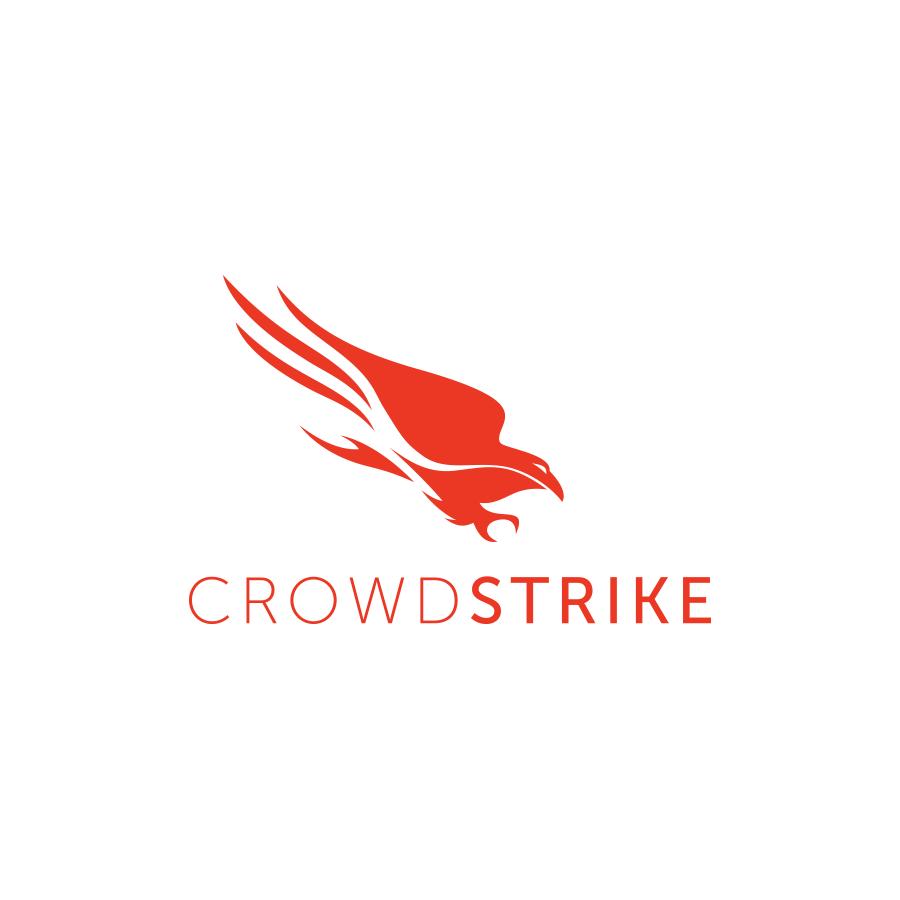




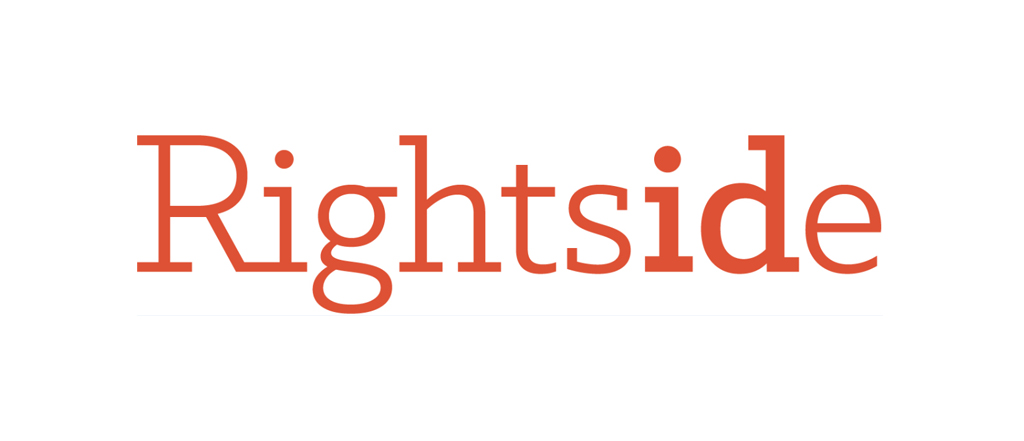


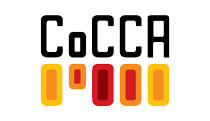

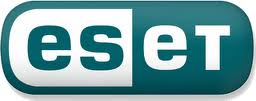

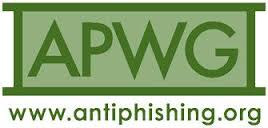

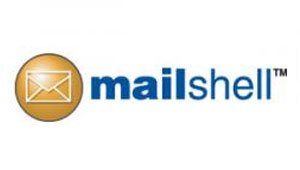


Exploit/Social Engineering Kit Hosting & Collusion
This category represents a domain that plays a role in a “browser exploit kit,” which is defined as a web application that attempts to exploit vulnerabilities in a web client’s browser and browser plugins to run malware. Exploit kits will often use multiple domains, and multiple servers, as part of their infrastructure. Parts of this infrastructure is sometimes referred to as a Traffic Direction System (TDS). Domains participating in an exploit kit infrastructure include redirectors and domains hosting the exploit code.
This definition also includes domains containing pages that do not exploit software vulnerabilities but instead act as social engineering mechanisms, for example pages that trick the user into thinking their Java or Flash plugin needs to be updated and convincing them to run a malicious executable, or pages that provide access to a “chat room” which requires a malicious Java applet to run in order to join the room.
These do not fall under the “Malware Hosting” classification, as the actual malicious files that are eventually downloaded may be hosted on a separate domain.
Evidence
Evidence of a domain serving an exploit kit is determined by the presence of malicious client-side code on one or more web pages. Indicators include one or more of the following observed within the past 72 hours:
Evidence of a domain serving a social engineering kit is determined by the presence of highly misleading content on one or more web pages that attempts to convince a user to download and/or run malware.
Evidence of a domain playing a role as a redirector in a malware TDS or exploit kit infrastructure is determined by the observation of one or more techniques used to redirect a web client to an exploit kit, or to another redirector as part of a “redirect chain” to an exploit kit. The redirect may not visibly redirect the page, and instead may load the new content in an element on the current page.
The URL pointing to the next redirector or exploit may be identified in the following ways. Note that some of these may be set statically on the page, or are created dynamically by Javascript.
The redirect/loading chain must be documented in full, and at least one of the domains in the redirect chain must meet the exploit kit or social engineering kit evidence and documentation requirements.